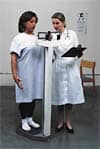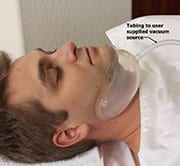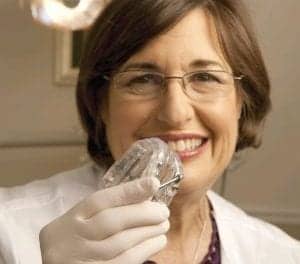Sleep medicine in 2007 has taken great strides in the advancement of diagnosis and treatment practices. The year 2007 has seen the introduction of the new AASM scoring manual; refining of the treatment pathway to ensure better CPAP compliance; and better, more effective therapies for treatment of sleep disorders. According to independent reports, the industry is healthy, but will 2008 prove to be a period of similar growth? Could the flourishing market wither if reimbursement policy shifts in 2008?
A LOOK AT THE BRIGHT SIDE
For sleep service providers, reports estimate that through 2009, the number of sleep labs will increase. According to a Frost & Sullivan report, “US Sleep Service Provider Markets,” areas with high market saturation will see slower growth as existing sleep labs add beds and increase services. The report notes that although some areas may be maturing, aging Baby Boomers will help contribute to continued growth.
The year 2008 is also shaping up to be a big year for sleep product development and sales. Increased awareness of sleep disorders, a growing number of obstructive sleep apnea (OSA) patients, more sleep-related research, and the need for more effective therapies are combining to create a healthy market. These factors are waiting to be exploited by businesses that manufacture sleep-related products and treatments, according to “Advances in Sleep Pharmaceuticals,” another sleep market report by Frost & Sullivan. You can bet pharmaceutical companies are eager to get a piece of the pie. “The most potent driving force of the sleep pharmaceuticals industry is the large underserved market,” notes Frost & Sullivan Research Analyst Rasika Ramachandran. “Although several treatment options are available at present, there is still a lot of room for new drugs that would have better side-effect profiles and that are not scheduled, as a majority of the presently marketed drugs carry some abuse potential and are, therefore, not suitable for long-term use.”
RAINY DAYS AHEAD?
If CMS approves home testing for the diagnosis of OSA, sleep labs may experience an impact in their revenues. A recent Sleep Review Web poll asked, “If CMS approves home testing for the diagnosis of OSA, how will this impact your lab?” Of the respondents, 62.2% voted that it would have a negative financial impact. It should be noted that some respondents were optimistic with 26.7% of readers stating it will increase the opportunity to screen patients for SDB.
Accreditation could also be a barrier to sleep market growth, according to Frost & Sullivan’s “US Sleep Service Provider Markets” report. “It could also pose a strong challenge if physicians and insurance companies were to campaign for patients to be treated only at accredited facilities,” the report said. “If accreditation were mandated, the market growth would likely be greatly restricted, with independent facilities the most affected.”
Finally, growth may be restricted if insurers sway toward split-night studies as a preferred protocol. “Should there be a shift to conduct more split-night studies, this would negatively affect future revenue growth, since split-night studies perform both PSG and titration diagnostics in the same evening at a significantly reduced rate,” the report stated.
All in all, reports are generally optimistic about sleep market growth. As the market continues to mature and as you expand and advance your practice to meet the needs of patients, Sleep Review will be here to help. The print product guide and searchable online product guide are just some of the tools we offer to help you succeed. Make sure you stay tapped in by taking advantage of all the services offered at this web site.
—Franklin A. Holman
[email protected]




